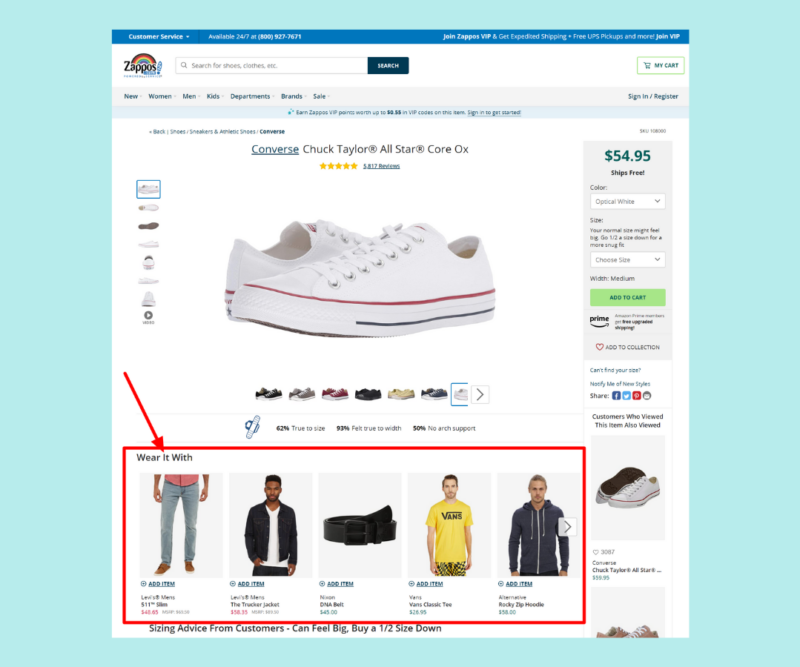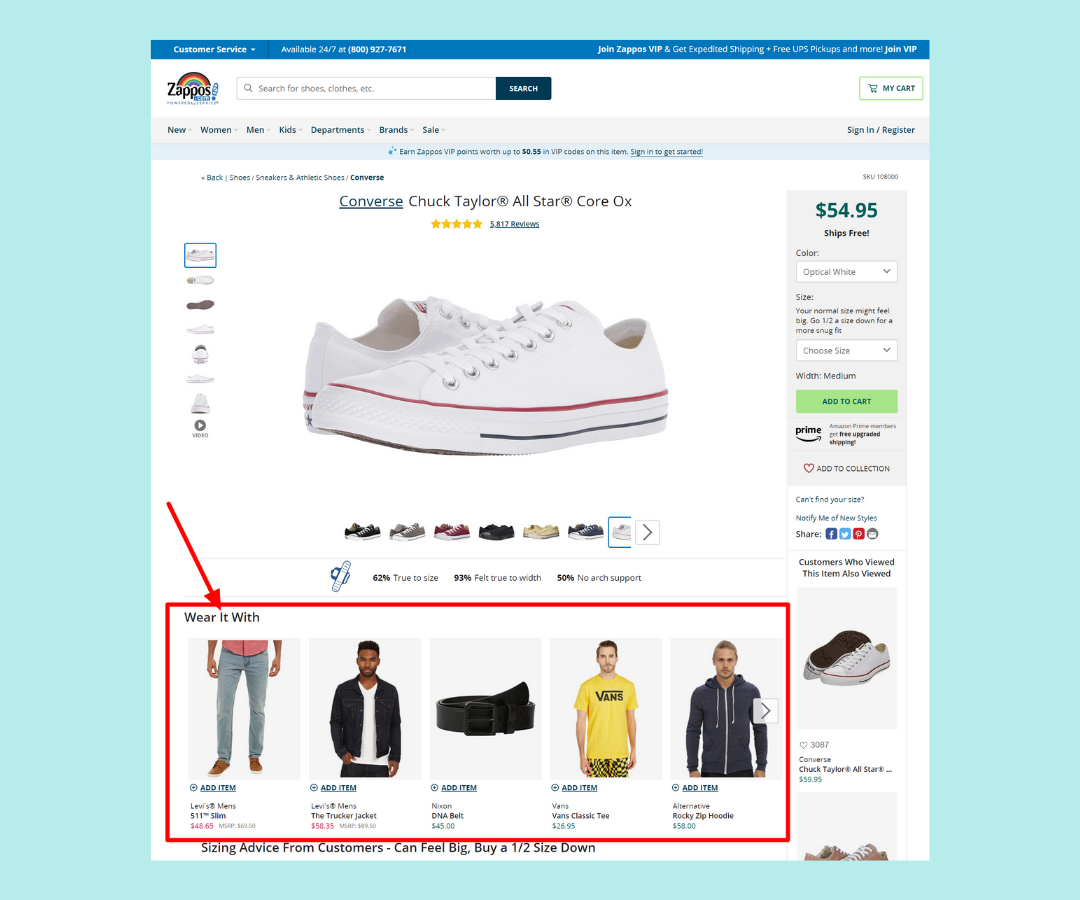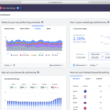In the competitive landscape of digital commerce, maximizing revenue goes beyond acquiring new customers; it involves leveraging your existing user base effectively. Learning How to craft effective product cross-sell and upsell strategies is a must. In this comprehensive guide, we’ll delve into the nuances of these strategies, exploring how to seamlessly integrate them into your business model and enhance the overall user experience.
1. Understanding Cross-Sell and Upsell
1.1 Defining Cross-Sell and Upsell
Before diving into strategies, it’s essential to grasp the concepts of cross-selling and upselling. Cross-selling involves recommending complementary products or services to the one a user is already considering. Upselling, on the other hand, suggests upgrading to a more premium version or purchasing a higher-tiered item.
1.2 The Power of Cross-Selling and Upselling
When executed effectively, cross-selling and upselling not only enhance revenue but also contribute to a more satisfying user experience. These strategies showcase your understanding of user needs, providing them with valuable choices that align with their preferences.
2. Benefits of Cross-Sell and Upsell Strategies
2.1 Revenue Maximization
The primary objective of these strategies is to boost revenue. By intelligently suggesting additional products or enticing users with premium options, you capitalize on existing customer relationships.
2.2 Improved Customer Satisfaction and Loyalty
When users feel that your recommendations genuinely enhance their experience, it fosters satisfaction and loyalty. Effective cross-sell and upsell strategies showcase your commitment to meeting user needs and preferences.
3. Analyzing User Behavior and Preferences
3.1 Utilizing Data Analytics
Harness the power of data analytics to understand user behavior. Analyze purchase histories, preferences, and frequently browsed items to tailor your recommendations effectively.
3.2 Implementing Machine Learning Algorithms
Implement machine learning algorithms to predict user preferences. By continuously learning from user interactions, your app can refine its recommendations over time, providing a more personalized experience.
4. Building a User-Centric App Interface
4.1 Intuitive Product Recommendations
Design an intuitive interface that seamlessly integrates product recommendations. Ensure that users can easily explore complementary items or upgraded versions relevant to their interests.
4.2 Personalized User Dashboards
Create personalized user dashboards that highlight recommended products based on individual preferences. A user-centric dashboard enhances engagement and encourages exploration.
5. Crafting Effective Cross-Sell Strategies
5.1 Complementary Product Bundles
Curate product bundles that offer a holistic solution to user needs. For example, if a user purchases a camera, suggest bundles including lenses, tripods, and camera bags at a discounted rate.
5.2 Seasonal and Occasional Offerings
Align cross-sell strategies with seasons or occasions. Tailor recommendations for holiday-themed bundles or exclusive packages, enticing users with limited-time offers.
6. Developing Strategic Upsell Approaches
6.1 Feature Enhancements and Upgrades
Encourage users to explore premium features or upgraded versions of products. Highlight the additional value and benefits they would gain by opting for the higher-tiered option.
6.2 Subscription Models for Premium Services
Introduce subscription models for premium services. Offer exclusive benefits and access to advanced features for users subscribing to a premium tier, creating a recurring revenue stream.
7. Leveraging Social Proof and User Reviews
7.1 Showcasing Success Stories
Highlight success stories from users who have benefitted from cross-selling or upselling. Showcase testimonials and case studies to build trust in your recommendations.
7.2 Integrating User Testimonials
Integrate user testimonials directly into your app. Authentic reviews provide social proof, assuring users that your recommendations are valuable and well-received by others.
8. Implementing Dynamic Pricing Models
8.1 Time-Limited Discounts
Implement time-limited discounts on cross-sell and upsell items. Create a sense of urgency, encouraging users to take advantage of exclusive offers within a specified timeframe.
8.2 Tiered Pricing for Enhanced Features
Introduce tiered pricing models for upsell options. Clearly communicate the additional features and benefits each tier offers, allowing users to choose based on their preferences and budget.
9. A/B Testing and Continuous Optimization
9.1 Iterative Testing of Strategies
Conduct A/B testing to assess the effectiveness of different cross-sell and upsell strategies. Iteratively test variations to identify the most impactful approaches for your target audience.
9.2 Adapting to User Feedback
Actively seek and incorporate user feedback. User insights provide valuable guidance for refining your strategies and ensuring they align with evolving user preferences.
10. Cross-Sell and Upsell Success Stories
10.1 Amazon’s Recommendation Engine
Amazon’s recommendation engine analyzes user behavior and purchase history to suggest relevant products. The platform’s success is attributed to its ability to personalize recommendations, driving substantial revenue.
10.2 Spotify’s Premium Upsell Model
Spotify’s freemium model seamlessly integrates upselling by offering a free version with occasional ads and a premium subscription without ads and additional features. This approach has contributed significantly to Spotify’s revenue growth.
11. Addressing User Concerns and Objections
11.1 Transparency in Communication
Be transparent in your communication about cross-sell and upsell offerings. Clearly articulate the benefits and value users will gain, addressing any concerns about additional costs.
11.2 Providing Value in Recommendations
Ensure that every cross-sell or upsell recommendation provides genuine value to the user. Align your offerings with their needs, demonstrating that your goal is to enhance their overall experience.
12. Navigating Legal and Ethical Considerations
12.1 Privacy and Data Security
Prioritize user privacy and data security. Clearly communicate how user data is used for personalized recommendations and ensure compliance with data protection regulations.
12.2 Honesty and Transparency
Maintain honesty and transparency in your cross-sell and upsell practices. Avoid misleading tactics and clearly communicate the terms and conditions associated with recommended products.
13. Measuring and Analyzing Success
13.1 Key Performance Indicators (KPIs)
Establish key performance indicators (KPIs) to measure the success of your cross-sell and upsell strategies. Monitor metrics such as conversion rates, average order value, and customer satisfaction.
13.2 Customer Feedback and Satisfaction Surveys
Gather customer feedback through satisfaction surveys. Understand how users perceive your recommendations and use their insights to continually refine and optimize your strategies.
14. Future Trends in Cross-Sell and Upsell
14.1 Artificial Intelligence Advancements
Anticipate advancements in artificial intelligence (AI) to further enhance the personalization of recommendations. AI algorithms will continue to evolve, providing more accurate and predictive suggestions.
14.2 Hyper-Personalization and Predictive Analytics
The future holds a shift towards hyper-personalization, where predictive analytics will anticipate user needs before they are explicitly expressed. Apps will leverage advanced analytics to offer incredibly tailored suggestions.
15. Conclusion: Elevate Your App’s Revenue Potential
In conclusion, the art of cross-selling and upselling goes beyond mere transactions; it’s about creating a dynamic and personalized user journey. By understanding user preferences, implementing strategic approaches, and staying abreast of emerging trends, you can elevate your app’s revenue potential and cultivate lasting customer satisfaction and loyalty. Embrace the power of effective cross-sell and upsell strategies to unlock new dimensions of success in the competitive digital marketplace.
Have a mobile app idea that you would like to explore? Visit our website and let’s get on a call!
For more content like this, visit our blog!








